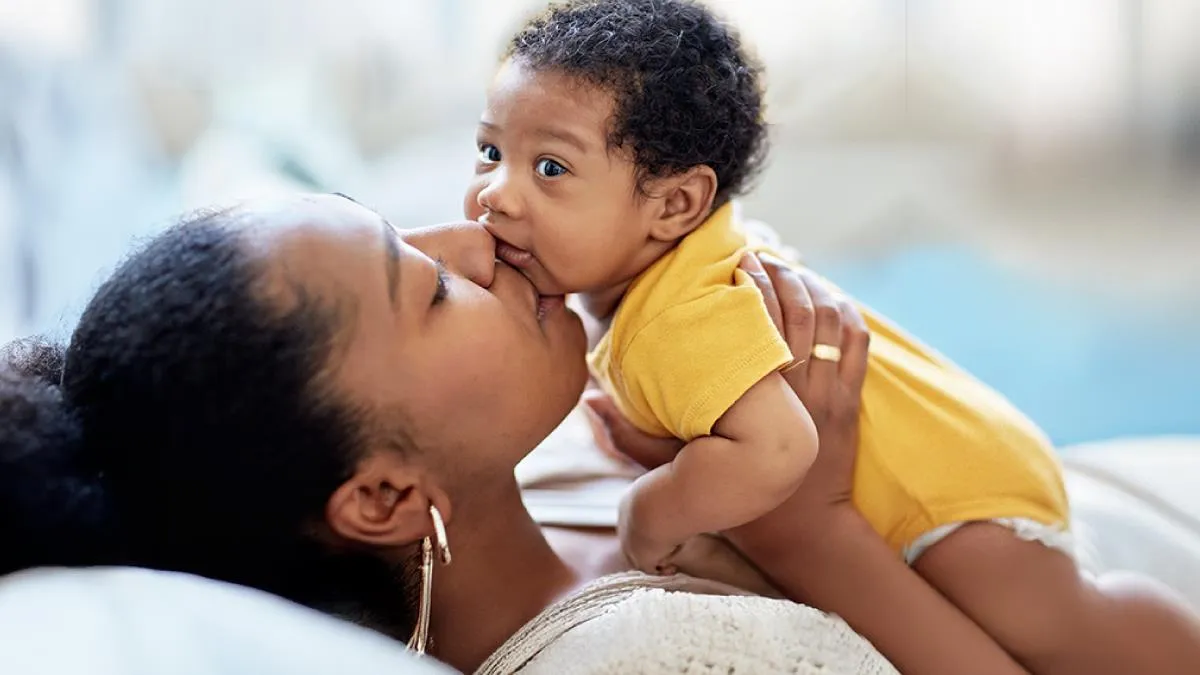
The RSV-NET conducts active, population-based surveillance focused on laboratory-confirmed RSV-associated hospitalizations. This initiative identifies cases through clinical testing among residents of all ages across approximately 300 hospitals in 161 counties across 13 states. Similarly, the NVSN focuses on acute respiratory illness (ARI) surveillance among hospitalized children under 18 years at seven medical centers in the U.S., ensuring respiratory specimens from all enrolled children are tested for RSV.
Both RSV-NET and NVSN have utilized standardized case definitions and active case finding methods since 2016 and 2000, respectively. They also collect demographic data through medical record abstraction, while NVSN includes parent interviews as part of their data collection. This analysis encompasses RSV-associated hospitalization data from both networks for children under 5 years during the 2018–19 and 2019–20 RSV seasons, alongside the 2024–25 season.
Hospitalization rates were analyzed across three distinct groups based on eligibility for RSV prevention products: infants aged 0–7 months, children aged 8–19 months entering their second RSV season, and children aged 20–59 months who were ineligible for either product. The analysis calculated weekly or monthly RSV-associated hospitalizations per 1,000 children under 5 years, using U.S. population denominators.
To ensure consistent comparisons, cumulative rates for all seasons were estimated through February. Adjustments were made to RSV-NET rates to account for underdetection related to testing practices, while NVSN rates were adjusted for various factors, including enrollment rates and hospital market share. A sensitivity analysis was also performed to exclude data from Houston, Texas, due to increased RSV circulation prior to the widespread administration of prevention products.
A total of 18,389 RSV-associated hospitalizations were identified among children aged under 5 years, with 15,405 in RSV-NET and 2,984 in NVSN. The median patient age was significantly different across seasons, indicating a variation in hospitalization patterns. These findings highlight the demographic characteristics of children affected by RSV during different seasons.
The cumulative hospitalization rates for infants aged 0–7 months were notably lower during the 2024–25 season compared to the 2018–20 seasons. The rates were 8.5 per 1,000 children in RSV-NET and 10.7 per 1,000 children in NVSN for 2024–25, representing significant reductions of 43% and 28%, respectively. This reduction is particularly relevant during peak months from December to February.
The analysis suggests that the largest rate reductions occurred among infants aged 0–2 months, emphasizing the critical need for effective RSV prevention among the most vulnerable age groups. In instances where Houston data was excluded, the rate reductions were even more pronounced, indicating the potential impact of timely administration of prevention products.
The 2024–25 RSV season marked the first with widespread availability of maternal RSV vaccination and nirsevimab. The analyses demonstrated significant reductions in RSV-associated hospitalization rates among infants eligible for these prevention products. Notably, the reductions were most substantial among infants aged 0–2 months, reinforcing the effectiveness of these interventions.
Despite the observed reductions among younger infants, higher hospitalization rates in older children suggest a more severe RSV season overall and underscore the necessity for continued vigilance and intervention strategies. These findings indicate that the most severe RSV diseases in infants are preventable with timely administration of prevention products, aligning with evidence from European countries.
While the findings are significant, the study is subject to limitations, including the ecological nature of the analysis and potential issues with underdetection or underenrollment in both surveillance networks. The catchment areas may not be nationally representative, and interim results could underestimate changes during full RSV seasons.
The first RSV season with widespread availability of prevention products has demonstrated significantly lower hospitalization rates among infants aged 0–7 months when compared with pre-COVID-19 pandemic seasons. These findings underscore the critical need for timely health care planning and effective implementation of the Advisory Committee on Immunization Practices' recommendations for RSV prevention. Parents should ensure their infants are protected as early as possible during the RSV season through maternal vaccination or nirsevimab administration within the first week of life.